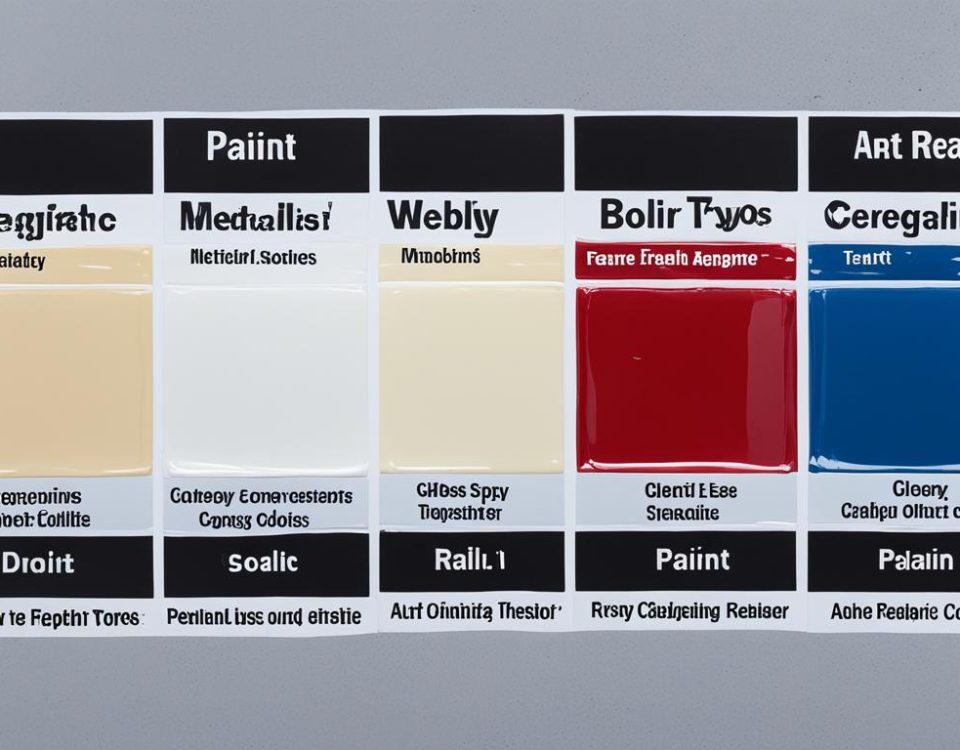- Auto Body Repair - Collision Center
- Leon Valley (210) 680-1987
- Windcrest (210) 858-3630
- info@miraclebp.com
Get The Most Out Of Your Auto Repair And Maintenance

Common Brake Problems (PART 2)
 Brake wear and corrosion is unavoidable during a vehicle’s life span. Miracle Auto Body and Paint in San Antonio Texas lists down the common causes of brake problems in a two-part blog post.
Brake wear and corrosion is unavoidable during a vehicle’s life span. Miracle Auto Body and Paint in San Antonio Texas lists down the common causes of brake problems in a two-part blog post.
 Brake corrosion
Brake corrosion
Brake components are usually made from cast iron, but this material easily corrodes over time. Since the front brakes carry most of the braking force, the surface rust there is quickly cleaned off by how the pads move against the discs. The rear discs on the other hand get much lower braking effort especially on lighter vehicles. This is not enough to clean the rust off the surface especially if the car is not used frequently. Any little corrosion can be easily cleaned off under light braking but if it is left alone, it can get worse and lead to surface pitting that can weaken the discs.
Surface pitting
If you are not always using your car, you need to put special consideration to your rear discs. A car that is left in a garage most of the time will be exposed to a damp atmosphere conducive to rust.
 Wear
Wear
Over time and with use, front discs will eventually wear and become too thin. All vehicle manufacturers specify a required minimum brake disc thickness. If they brake disc reaches this point, it is a must to have it replaced immediately. Remember that both discs must be replaced and pads should also be replaced at the same time.
Distortion
The shape of the disc may change shape due to the uneven heating and cooling of the vehicle. You can detect the shape change when the brakes are applied and you feel a juddering back through the pedal. Thin and worn out discs are more likely to change shape as compared to thicker discs that is why it is recommended to regularly replacing it. It is important to avoid holding the car back with the brakes on long downhill runs. This will put a lot of extra heat into the discs, go on lower gear so you can use the engine brake and less of the brakes.


